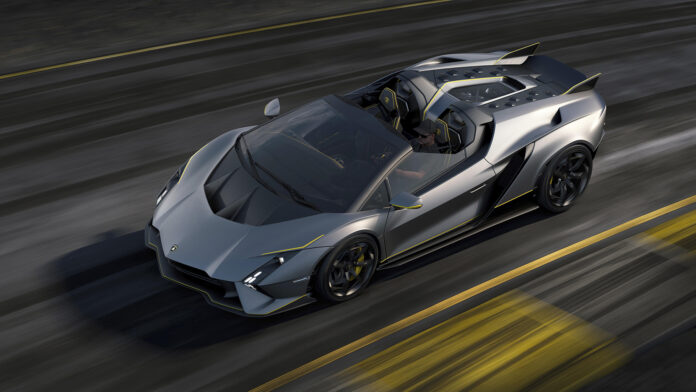Since its establishment in 1963, Automobili Lamborghini had been crafting exclusive models that provided a glimpse into the forthcoming technical and stylistic trajectory of the company. These unique creations served as design and technical prototypes, serving as experimental platforms for novel concepts that would shape future Lamborghini vehicles. During the 1960s, these bespoke models often took the form of show cars destined for motor show exhibitions. In more recent years, the nomenclature transitioned from “one-off” to a specialized category coined by Lamborghini as “few-offs.” This denoted a limited production series tailored for the most devoted patrons, showcasing or enhancing cutting-edge technical innovations set to be incorporated into subsequent production vehicles.
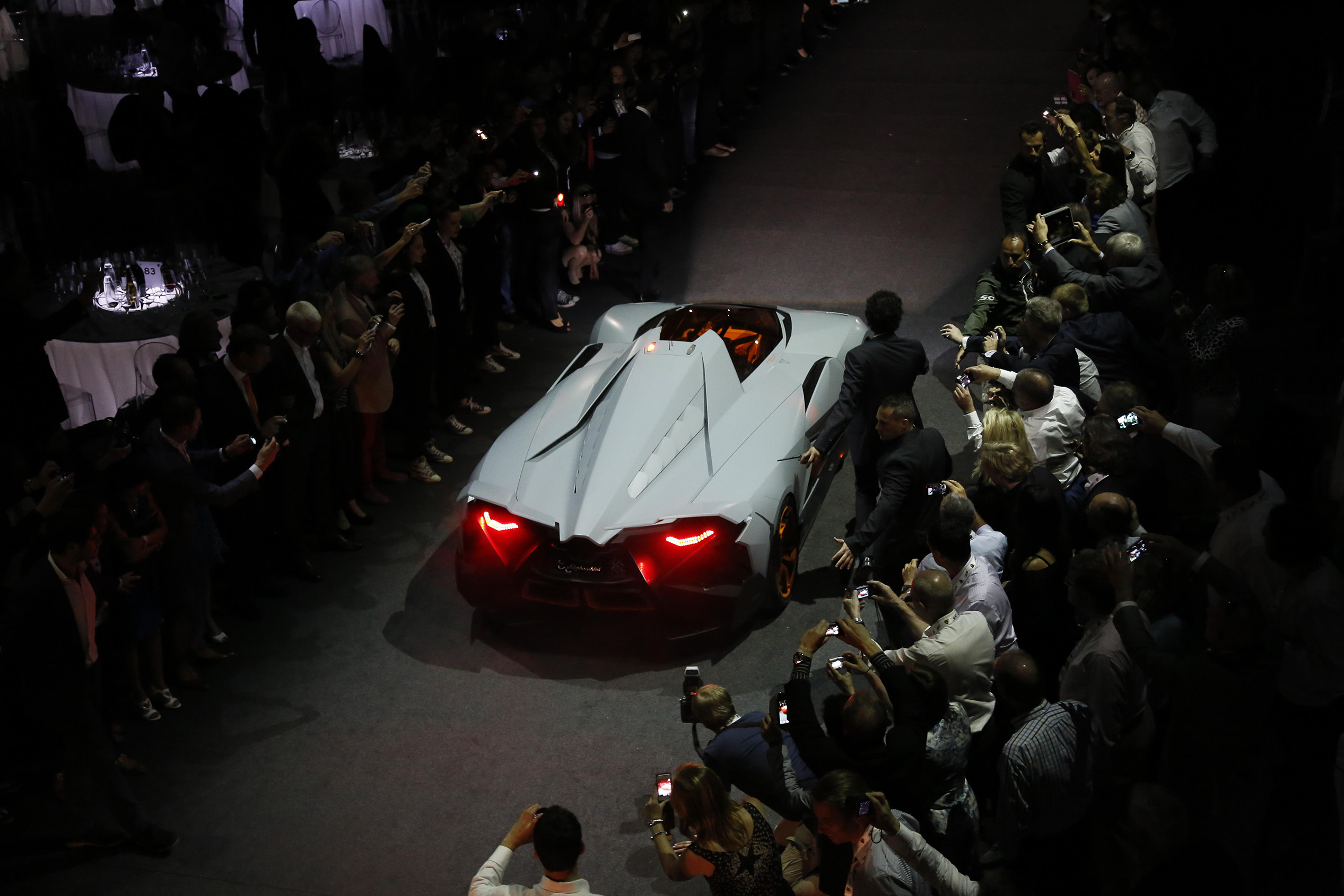
This familiar formula was soon to be reprised in a matter of days at the forthcoming Monterey Car Week in California. Here, Automobili Lamborghini was poised to unveil the prototype of their inaugural 100% electric car.
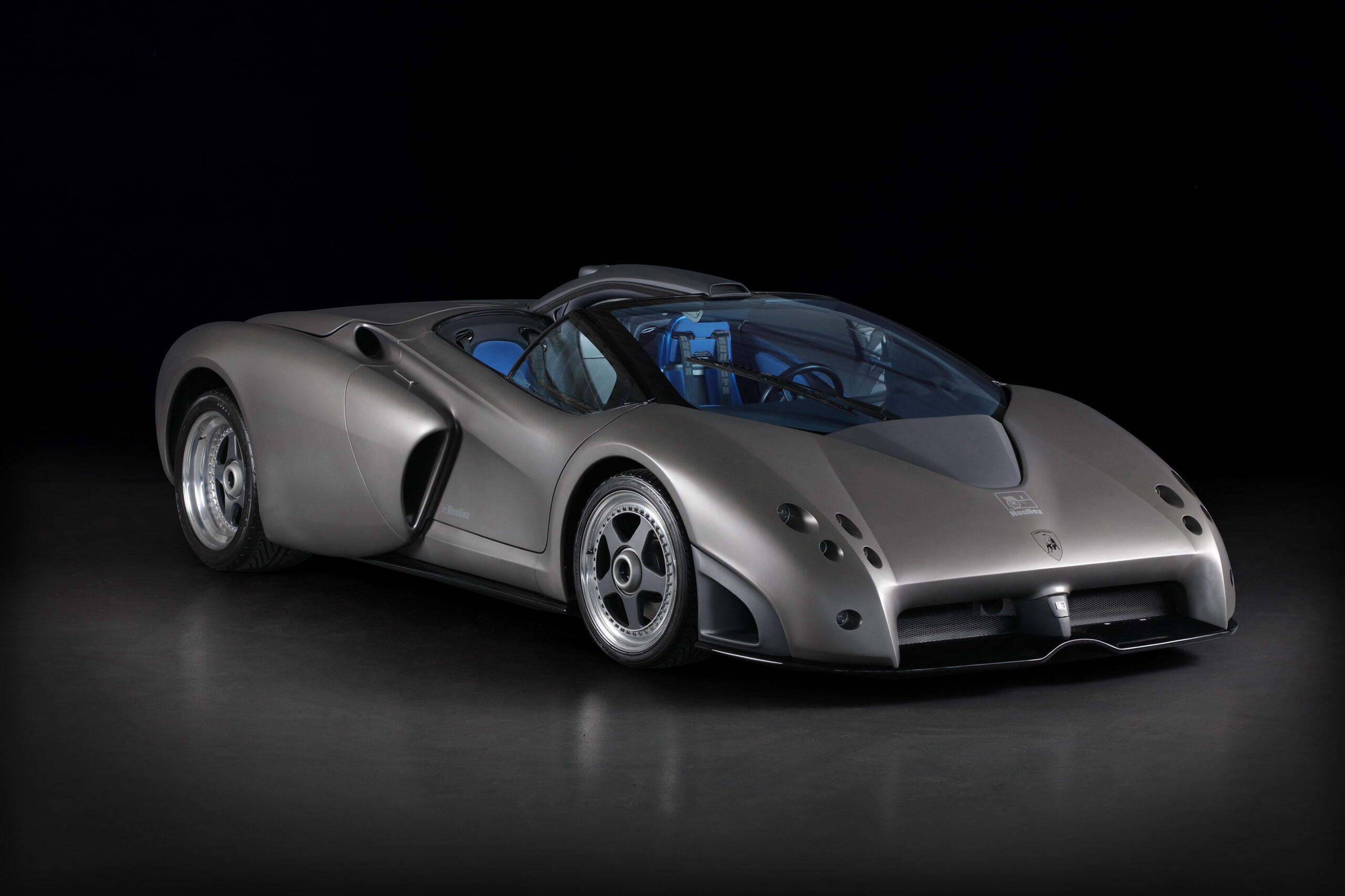
The genesis of Automobili Lamborghini’s one-off tradition can be traced back to the 1963 350 GTV, the precursor to the brand’s first mass-produced vehicle, the 350 GT. Expanding within the 350-400 GT range, the 350 GTZ emerged, an interpretation by Carrozzeria Zagato in Milan during 1965, originating from the 350 model. In parallel, Carrozzeria Touring, also situated in Milan, crafted a duo of 350 GTS open-top units in the same year. Simultaneously, Carrozzeria Neri & Bonacini gave rise to the 400 Monza, a creation contributing to the framework of the 350-400 GT production lineup. In 1966, Carrozzeria Touring’s final endeavor came in the form of the 400 GT Flying Star, a pioneering shooting brake design that would eventually influence the Espada.
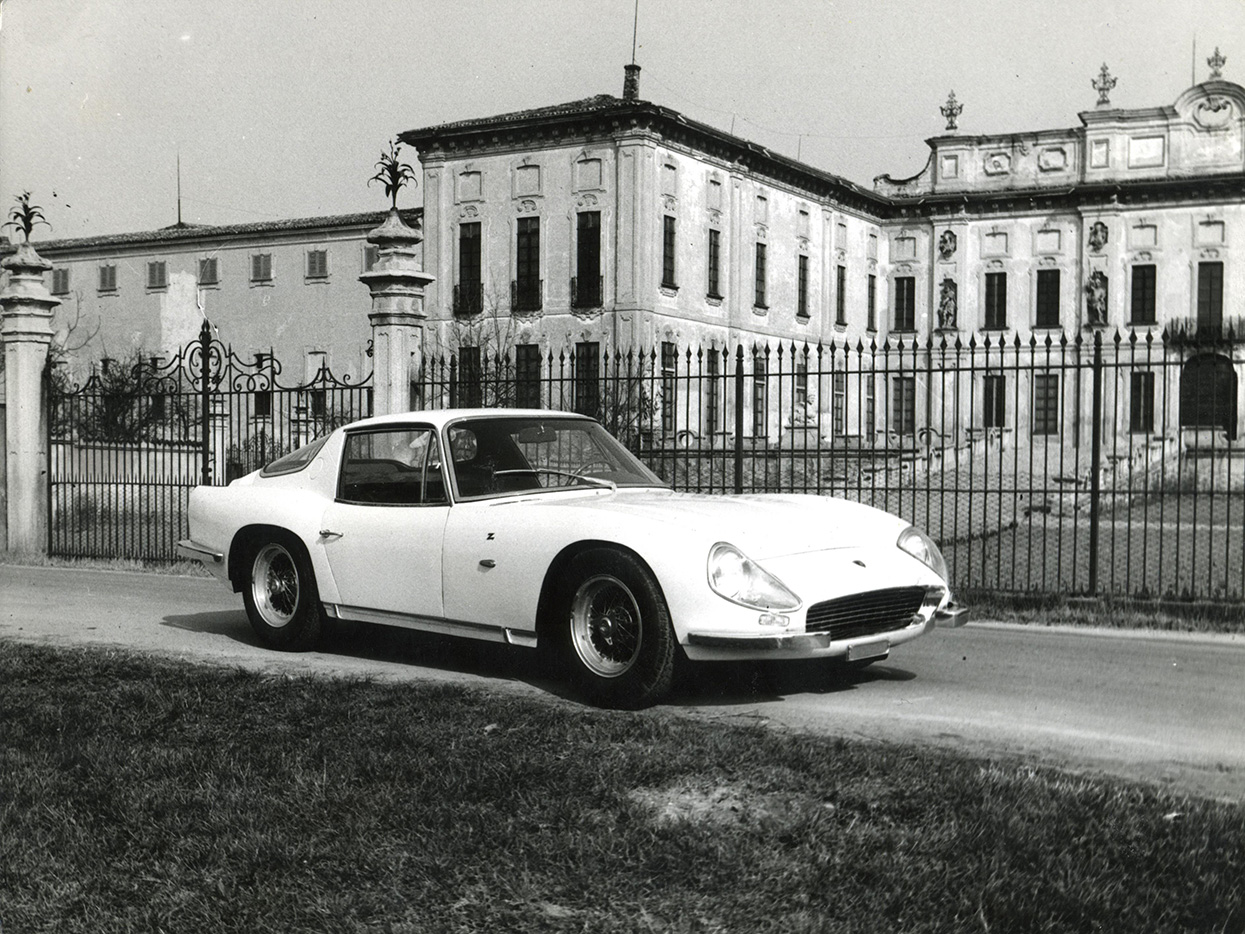
1965 marked the conception of two design prototypes, envisioned with rear-mounted engines akin to the future Miura model. These models were the P400 Tigre, produced by Touring, and the P400 by the recently established Italdesign under Giorgetto Giugiaro. However, these concepts proved incompatible with the innovative 12-cylinder rear transverse engine configuration, thus never advancing to full-scale production. Notably, the Giugiaro iteration previewed a distinctive door mechanism, pivoting both forward and upward while tethered to the roof – a concept that laid the foundation for the later Countach.
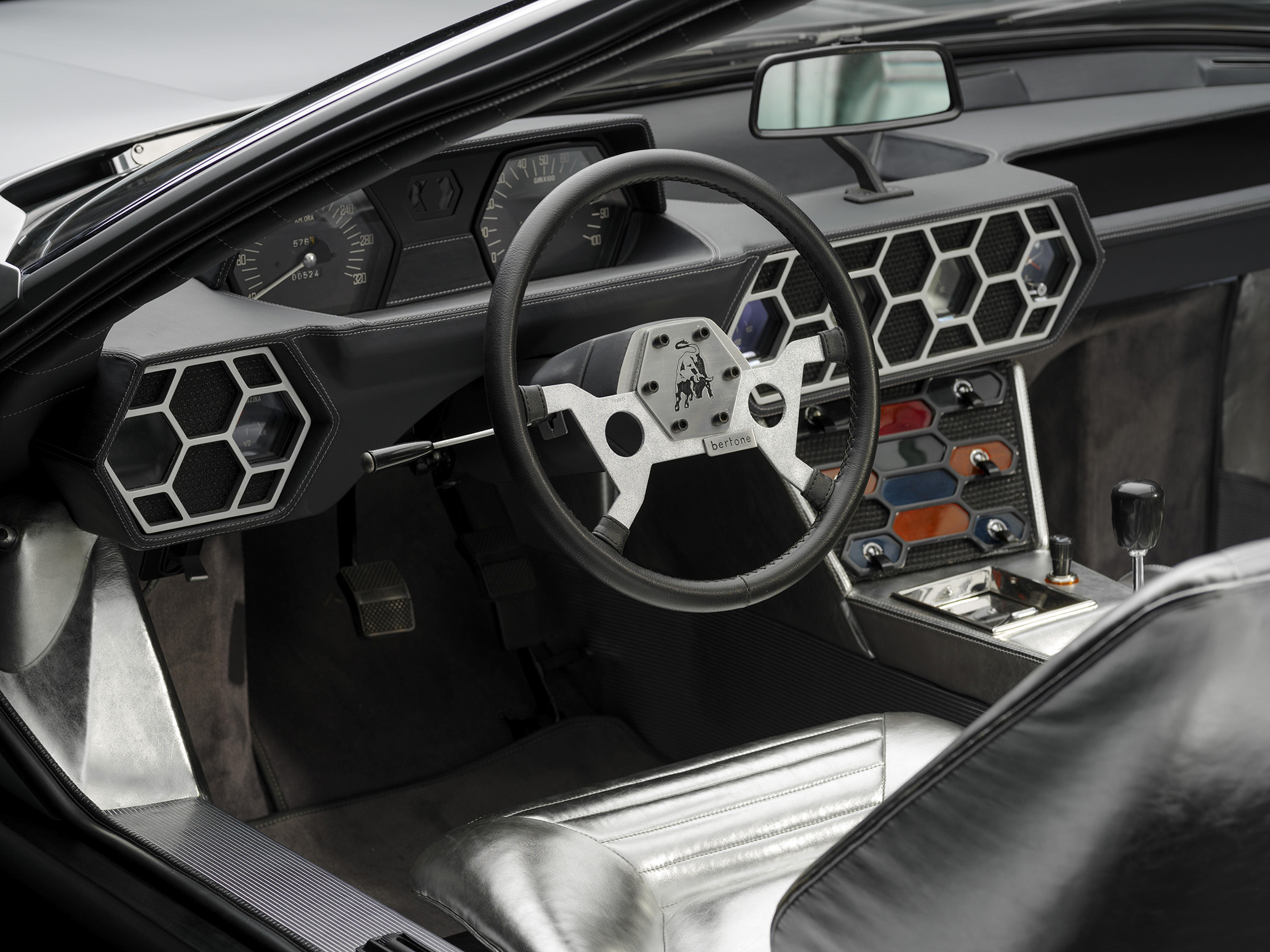
The Marzal, introduced in 1967 as a four-seat “glass” car, quickly gained global recognition as a renowned show car, infusing novel concepts that would subsequently find their way into Lamborghini’s production vehicles. Among these innovations were the incorporation of four spacious seats – a frequent item on Ferruccio Lamborghini’s wish list – a sleek and angular front end, and the introduction of hexagonal motifs that would later grace the Espada. These hexagonal elements became an enduring stylistic emblem of Lamborghini. Additionally, the Marzal boasted expansive gull-wing doors. Despite efforts to include them in the Espada, the logistical challenges posed by the front-mounted V12 engine’s positioning led to their omission, a constraint absent in the Marzal where a rear-mounted transverse 6-cylinder in-line engine was employed.
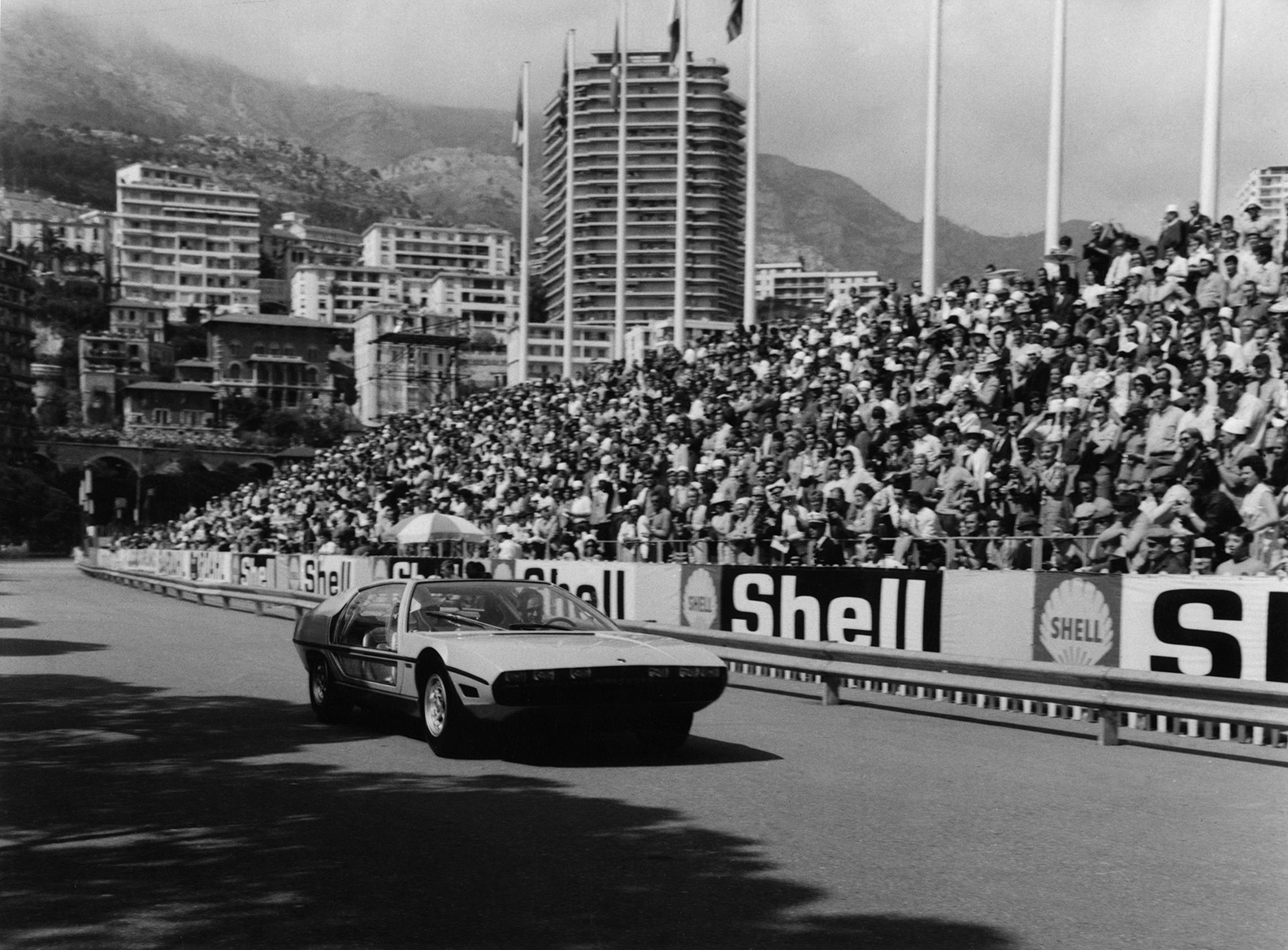
The 1968 Brussels Motor Show witnessed the unveiling of the Miura Roadster at the Bertone exhibit, an instantly captivating creation. Though visually striking, further development proved unfeasible. Lamborghini was concurrently engaged in the development of two new projects: the inaugural four-seater (as seen in the 1967 Espada prototype) and the “compact” car (culminating in the 1968 presentation of the Urraco’s initial prototype). In 1981, Carrozzeria Frua introduced the Faena, a derivative of the Espada featuring four doors, suggesting a burgeoning market for Lamborghini’s expansion into the realm of four-door automobiles.
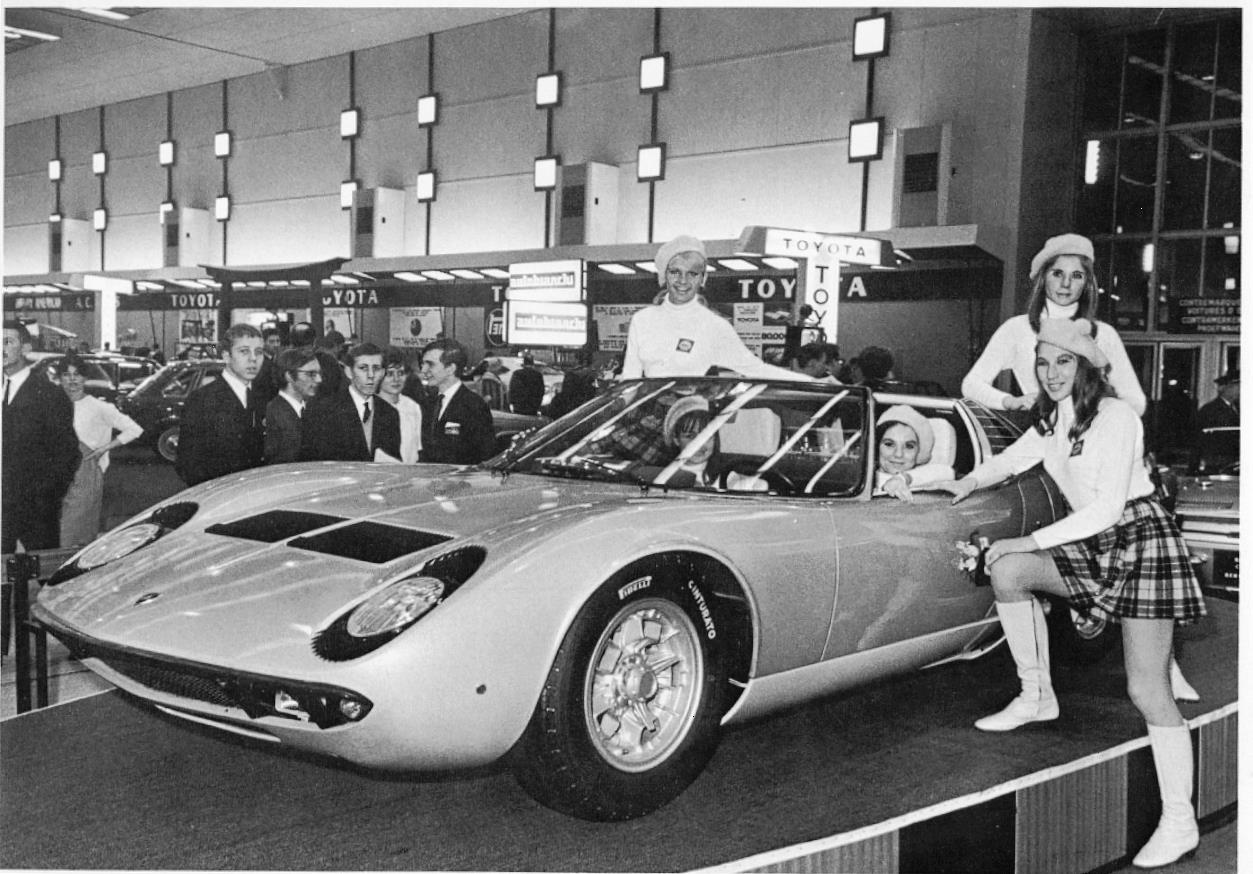
In 1970, the legendary Lamborghini test driver Bob Wallace introduced the world to the Miura Jota, a creation endorsed by Ferruccio Lamborghini himself. Crafted during Wallace’s spare time using company machinery and components, the Miura Jota stood as an extraordinary testament to technical experimentation. Every facet of the Jota’s design mirrored that of a racing vehicle, adhering to the regulations outlined in touring car championship Appendix J. The aura surrounding the Miura Jota emphasized Lamborghini’s recognition that their clientele sought innovation beyond convention. This prototype ultimately gave rise to the notion of special edition variants, an evolution of the standard model that remains pivotal within Lamborghini’s ethos. Responding to consumer demand, Lamborghini brought to life four units of the Miura, inspired by the Jota and subsequently referred to as the SV-J.
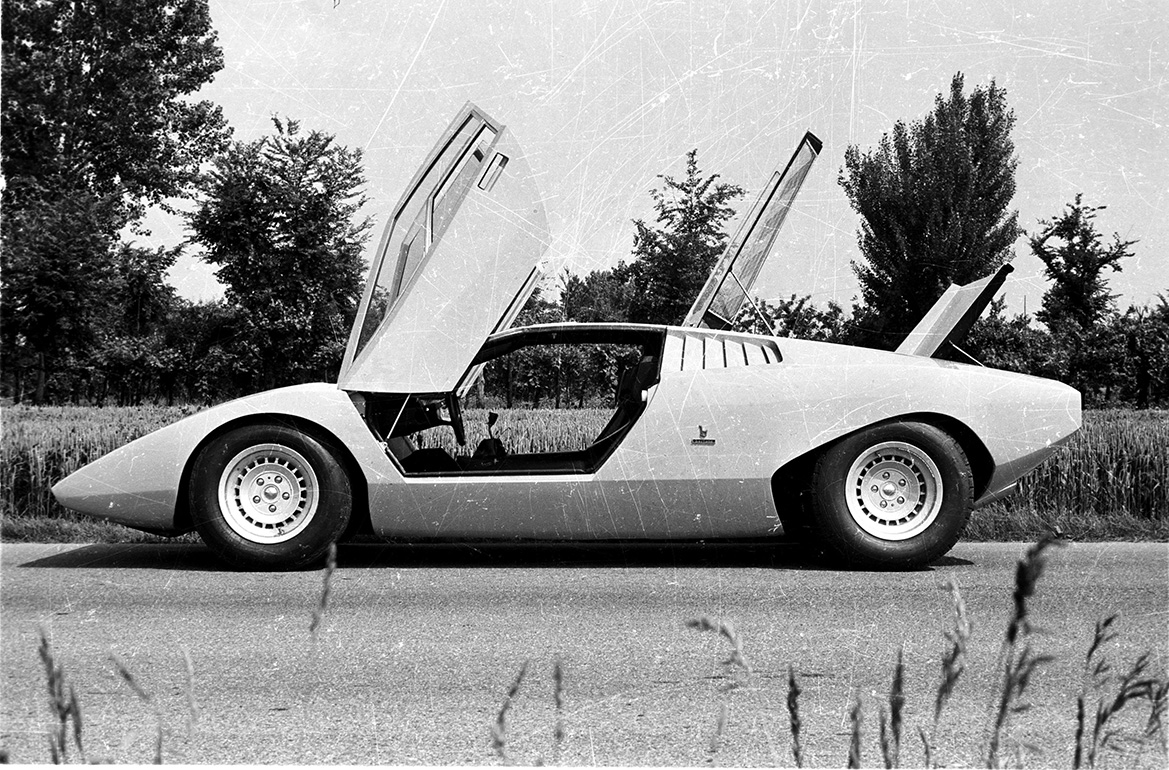
The unveiling of the Countach LP 500 occurred at the 1971 Geneva Motor Show, where it took the form of a concept car. Its purpose was to gauge public and potential customer reactions to this futuristic automobile. The response was immediate and resounding, prompting the transition of the Countach LP 400 from concept to production with minor alterations. Notably, the iconic scissor doors remained intact, becoming a defining hallmark of all subsequent 12-cylinder Lamborghini models equipped with rear-mounted engines, commencing in 1973.
In 1973, Bob Wallace once again exhibited his ingenuity, creating the Urraco Rally based on the same fundamental principles as the Miura Jota. Adhering to the evolving Group 5 racing regulations (then known as Silhouette), Wallace utilized a Urraco 250 as the foundation and upgraded the engine to a 3-liter configuration. This endeavor laid the groundwork for the Urraco P300 in 1974, boasting a 3-liter powerplant with dual overhead camshafts and chain-driven distribution. The Silhouette model, introduced in 1976, presented an open-top variant built upon the Urraco 300 platform, drawing aerodynamic inspiration from the Rally iteration.
The year 1973 witnessed the emergence of the Jarama Rally, often referred to as the Jarama Bob, representing the final creation of Bob Wallace. Building upon the preceding models’ blueprint, this adaptation centered on the 1970 Jarama 2+2. Notable enhancements encompassed revised aerodynamics, overall weight reduction, and a pivotal shift – relocating the front-mounted V12 engine toward the cockpit. This strategic adjustment greatly improved balance and weight distribution, leading to significantly enhanced road performance.
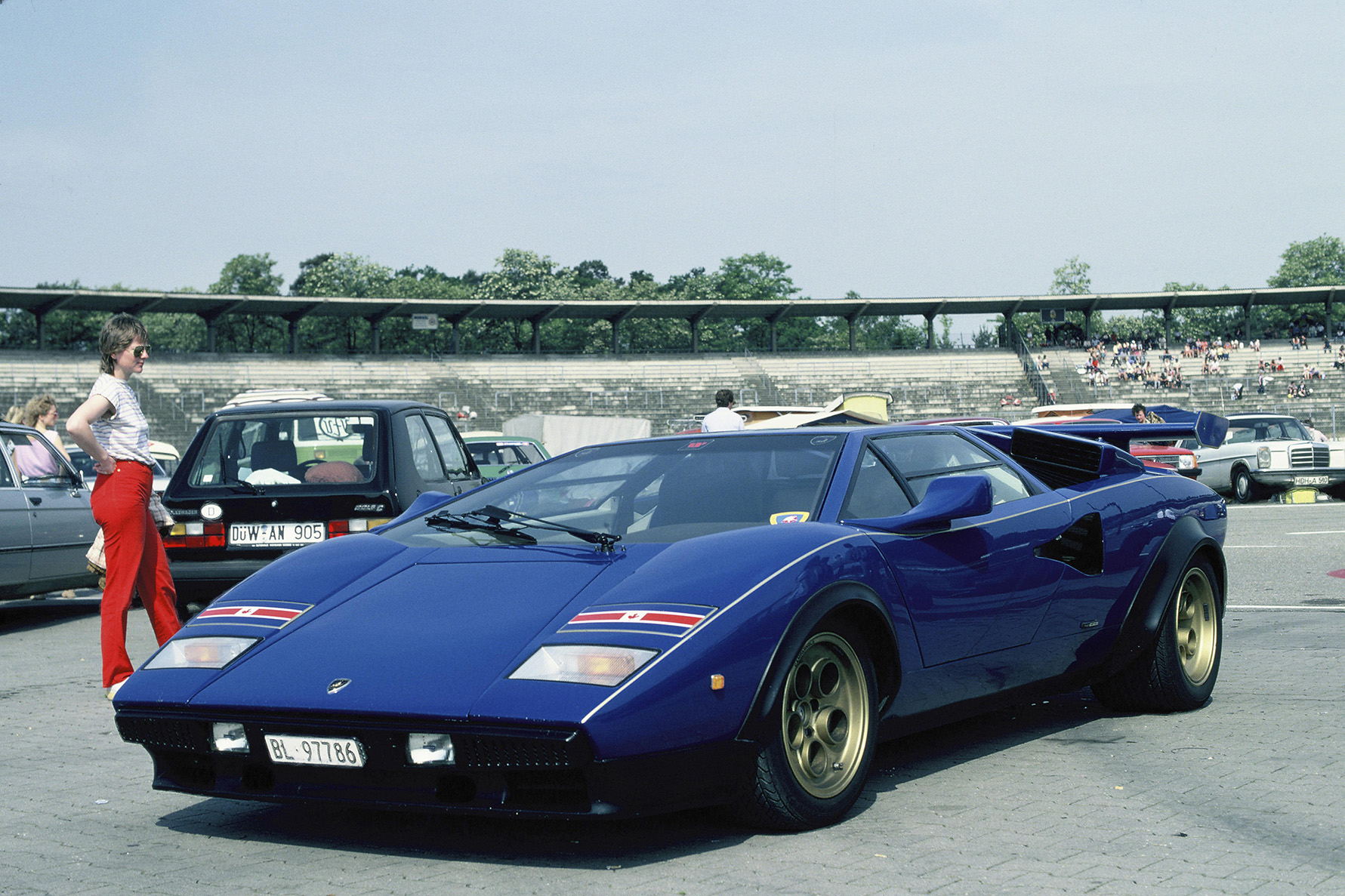
In 1978, a devoted Lamborghini patron, Walter Wolf, enlisted the assistance of external consultant Giampaolo Dallara to implement modifications to his Countach LP 400. The alterations encompassed larger wheels, low-profile tires, extended wheel arches, and augmented brakes. Accompanying these adjustments was a revised suspension setup, optimized to harmonize with the new enhancements, culminating in the introduction of a substantial rear wing. The Countach Wolf, equipped with a 5-liter 12-cylinder engine, served as the foundation for the subsequent development of the Countach LP 400 S in the ensuing year. All successive Countach iterations drew inspiration from this model, preserving its aesthetic and performance attributes until 1990 when this emblematic Lamborghini model ceased production.
In 1974, Bertone unveiled the Bravo, emerging from the Urraco P300 platform, albeit with a shortened wheelbase by 20 cm (7.9 inches) – the rear seats were notably absent. Distinguished by angular and notably futuristic lines, the Bravo showcased “phone dial” wheels that would later become a defining stylistic element of the Countach LP 400 S. This model marked the inception of the two-seater berlinetta archetype, featuring a compact rear-mounted engine. This design precedent would play a pivotal role in Lamborghini’s subsequent history, notably influencing models like the Gallardo (2003) and the Huracán (2014).
The year 1980 witnessed the emergence of the Athon, a creation by Carrozzeria Bertone commissioned by Lamborghini to explore the feasibility of an entirely open-top Silhouette model. Defined by its distinctive 1980s aesthetics, the Athon’s visionary design remains relevant today with minor modifications. This model serves as the progenitor of Lamborghini’s “Roadster” concept.
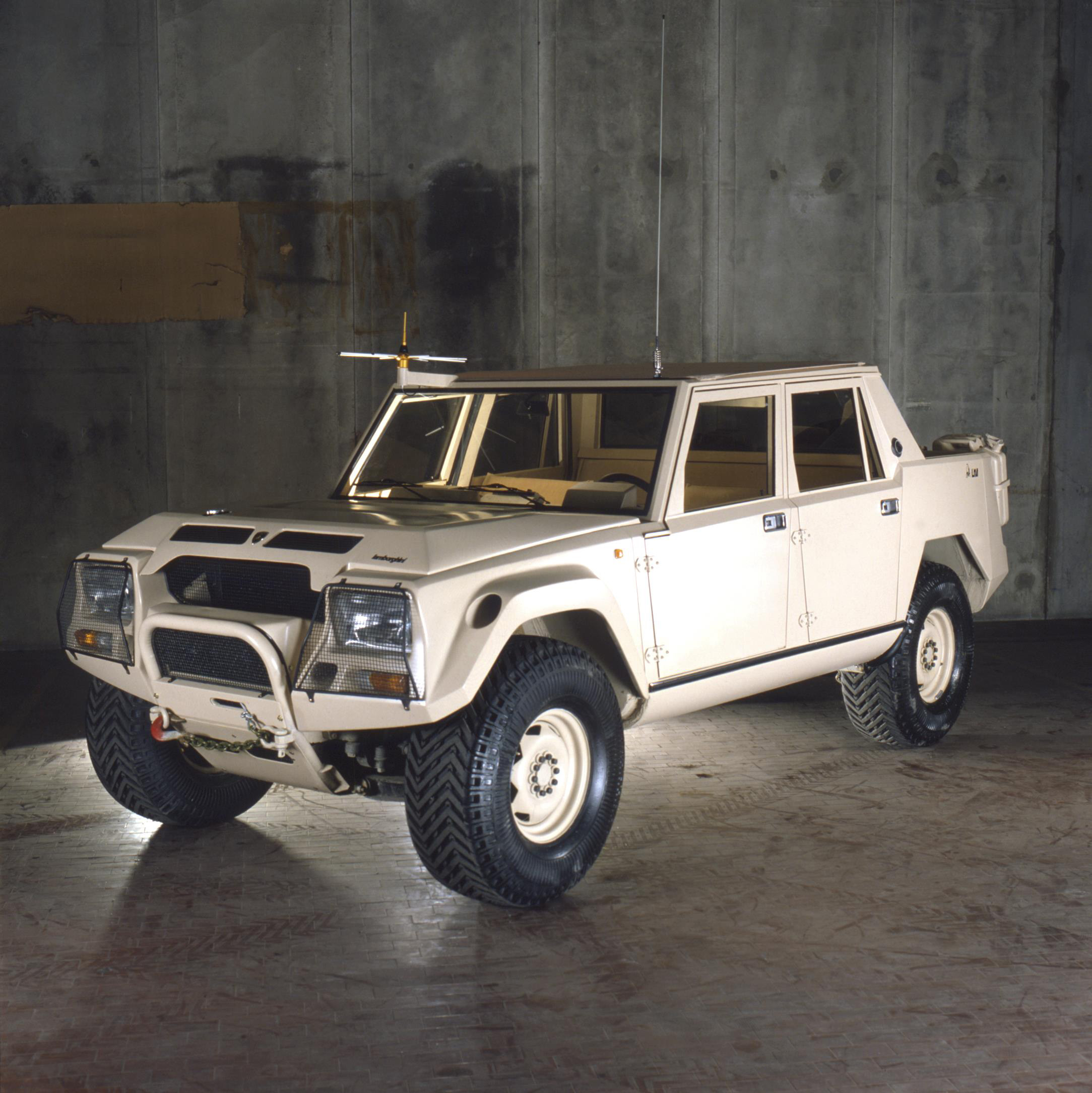
Anticipating a burgeoning market demand for off-road vehicles with sports performance characteristics, Lamborghini embarked on the creation of the LMA prototype in 1982. The LMA ultimately paved the way for the LM 002, entering production in 1986 and earning the distinction of being the precursor to the Urus. Notable features of the LMA included a tubular frame, front-mounted V12 engine, and a remarkable top speed exceeding 200 km/h (124 mph), thus establishing groundbreaking benchmarks for off-road vehicles.
In 1985, Lamborghini initiated experimentation with a novel material – carbon fiber. This remarkably rigid, robust, and lightweight textile fiber found its first application on the Countach Evoluzione, a one-off creation based on the Countach Quattrovalvole’s mechanics, albeit with a carbon fiber body. While its design exhibited somewhat boxy and rudimentary lines, the Countach Evoluzione marked a pivotal moment in Lamborghini’s technological journey with carbon fiber. This model weighed 400 kg less than its Quattrovalvole counterpart, resulting in notable performance enhancements. This foray solidified Lamborghini’s pioneering affinity for carbon fiber, a material that continues to underpin the supporting framework for their 12-cylinder vehicles produced in Sant’Agata Bolognese.
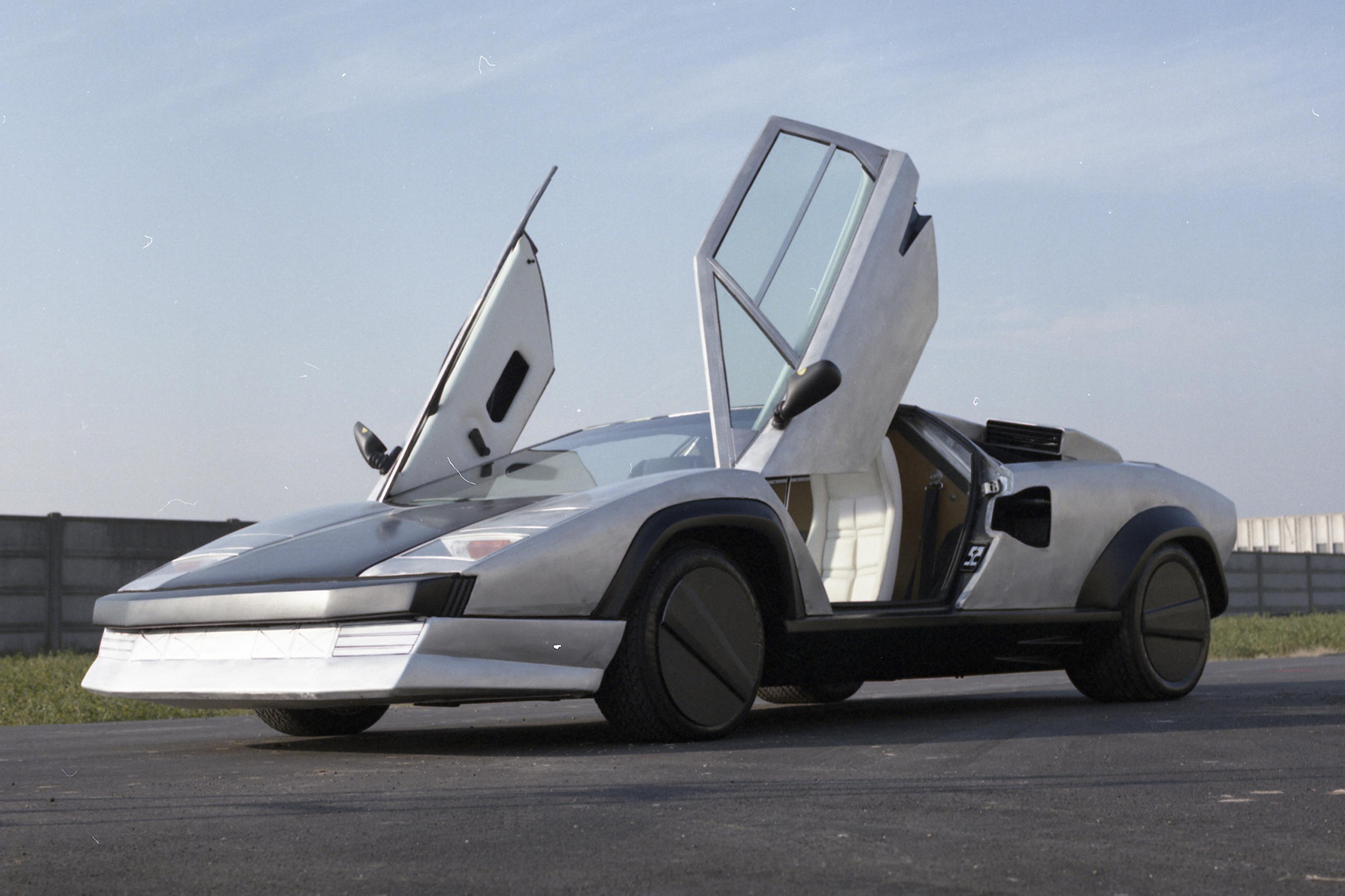
The year 1988 witnessed the revelation of the Genesis, unveiled at the Carrozzeria Bertone exhibit during the Turin Motor Show. In pursuit of expanding its vehicle portfolio, Lamborghini explored the concept of a 12-cylinder monovolume featuring a front longitudinal engine placement. Distinguished by wing-opening front doors and a corresponding roof segment, this innovative design garnered exceptional performance, defying conventional expectations for such a vehicle. However, the resources allocated for new model development were constrained, primarily directed towards the evolution of the forthcoming 12-cylinder GT model.
Under the codename P132, the groundwork for the 1990 debut of the Diablo was laid as early as 1985, with diverse designers commissioned for design research. Meanwhile, the mechanical framework, intended as a direct evolution of the Countach, had been predetermined. After a meticulous five-year process of refinement, the Diablo was poised to captivate the global stage. Undertaking the formidable task of succeeding the legendary Countach, the Diablo embraced this responsibility with exceptional outcomes. Over three decades later, the Diablo continues to captivate collectors’ devotion, much like its predecessor, the Countach.
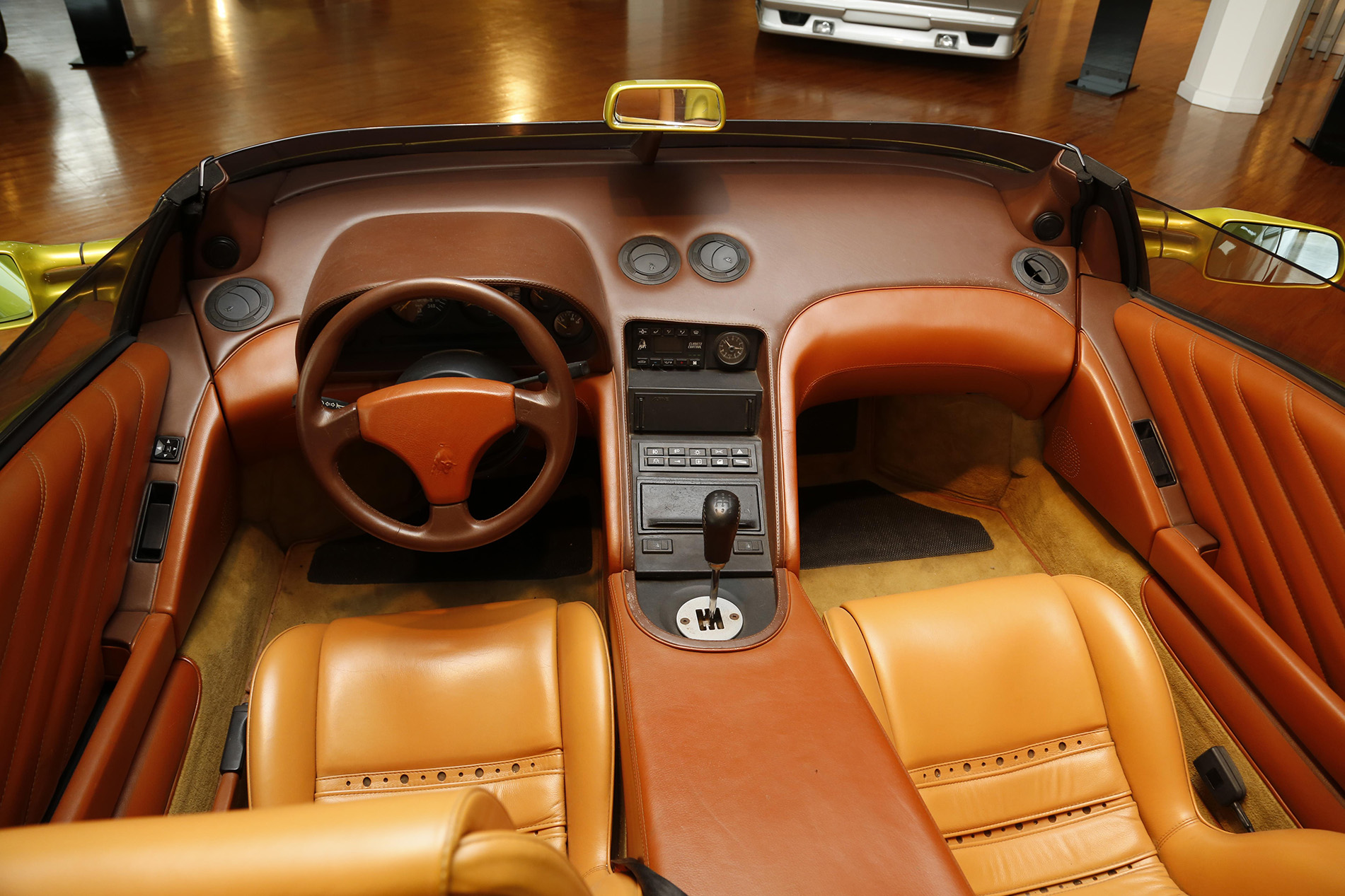
The Diablo Roadster, developed in 1992, foreshadowed the design direction of future 12-cylinder open-top super sports cars originating from Sant’Agata Bolognese. Noteworthy creations include the Canto, executed by Carrozzeria Zagato in 1996, a model that nearly transitioned to production status, and the Raptor, another Zagato creation, characterized by front-hinged doors and a simultaneous roof opening mechanism. This lineage also encompasses the Pregunta, conceived by Heuliez in 1998, characterized by prominent lower side air intakes and a strikingly contemporary style, as well as the L147, born of the I.D.E.A. Institute in 1999.
The pursuit of a “third range” prompted Lamborghini’s exploration of a super sports car powered by a V8 or V10 engine, leading to the inception of the Gallardo in 1987. This endeavor played a pivotal role in solidifying the second range as the cornerstone of Lamborghini’s commercial success. The quest for diverse engines and stylistic variations culminated in the Calà, conceived by Giorgetto Giugiaro in 1995, unveiled at the Geneva Motor Show. While preserving the volumes and proportions found in the Gallardo, the Calà exhibited rounded lines that would subsequently evolve to reflect the quintessential Lamborghini style. This model also envisioned an open-top counterpart, underscoring Lamborghini’s intention to extend its berlinetta models to roadster variants.
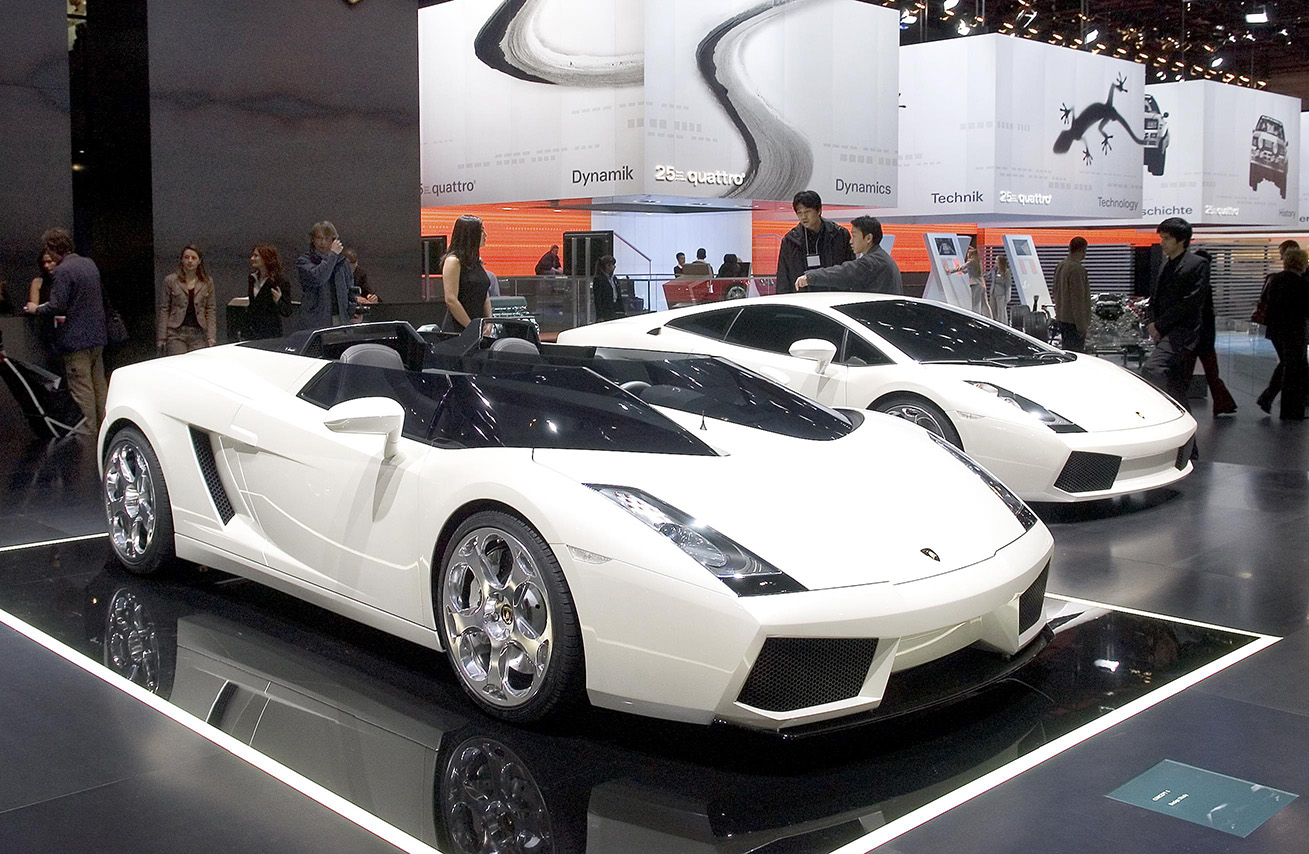
The 2005 Concept S, a creation by Luc Donckerwolke, then Director of Lamborghini Centro Stile, reimagined the Gallardo as a completely open design, characterized by a longitudinal cross piece intersecting the cockpit, demarcating the seats. This architectural innovation harmonized with refined aerodynamics, harnessing the flow beneath the car for enhanced dynamic behavior.
The 2006 Miura Concept, realized by Walter de Silva, Head of Design of the Audi Group at the time, offered a contemporary reinterpretation of the iconic Miura from the 1960s and 70s. Commemorating 40 years since the Miura’s inception, this modern adaptation celebrated the vehicle’s purity of form and clean lines, serving as an enduring design exemplar.
In 2007, the Reventón emerged as a limited-production model, with only 20 units produced, based on the Murciélago LP 640. Pushing the boundaries of road car design, the Reventón exhibited a strikingly angular and defined aesthetic. Comprising a CFC and carbon fiber body attached to a CFC and steel frame, the Reventón introduced innovative features such as bi-Xenon front light clusters with incorporated LEDs, influencing subsequent Lamborghini production cars. An open-top version, crafted in a limited run of 16 units, followed suit in 2009.
The 2008 Estoque marked Lamborghini’s foray into the realm of four-door models with sports car attributes. Unveiled at the Paris Motor Show, the Estoque retained unmistakable Lamborghini DNA while adopting a front-mid engine configuration.
In 2010, the Sesto Elemento, a technology demonstrator, showcased an aluminum and carbon fiber space frame derived from the Gallardo’s mechanics. This lightweight construction, utilizing carbon fiber for body panels and structural elements, yielded a remarkable total weight of 999 kg, culminating in an impressive weight-power ratio. The Sesto Elemento reinforced Lamborghini’s position as an innovator in carbon fiber technology.
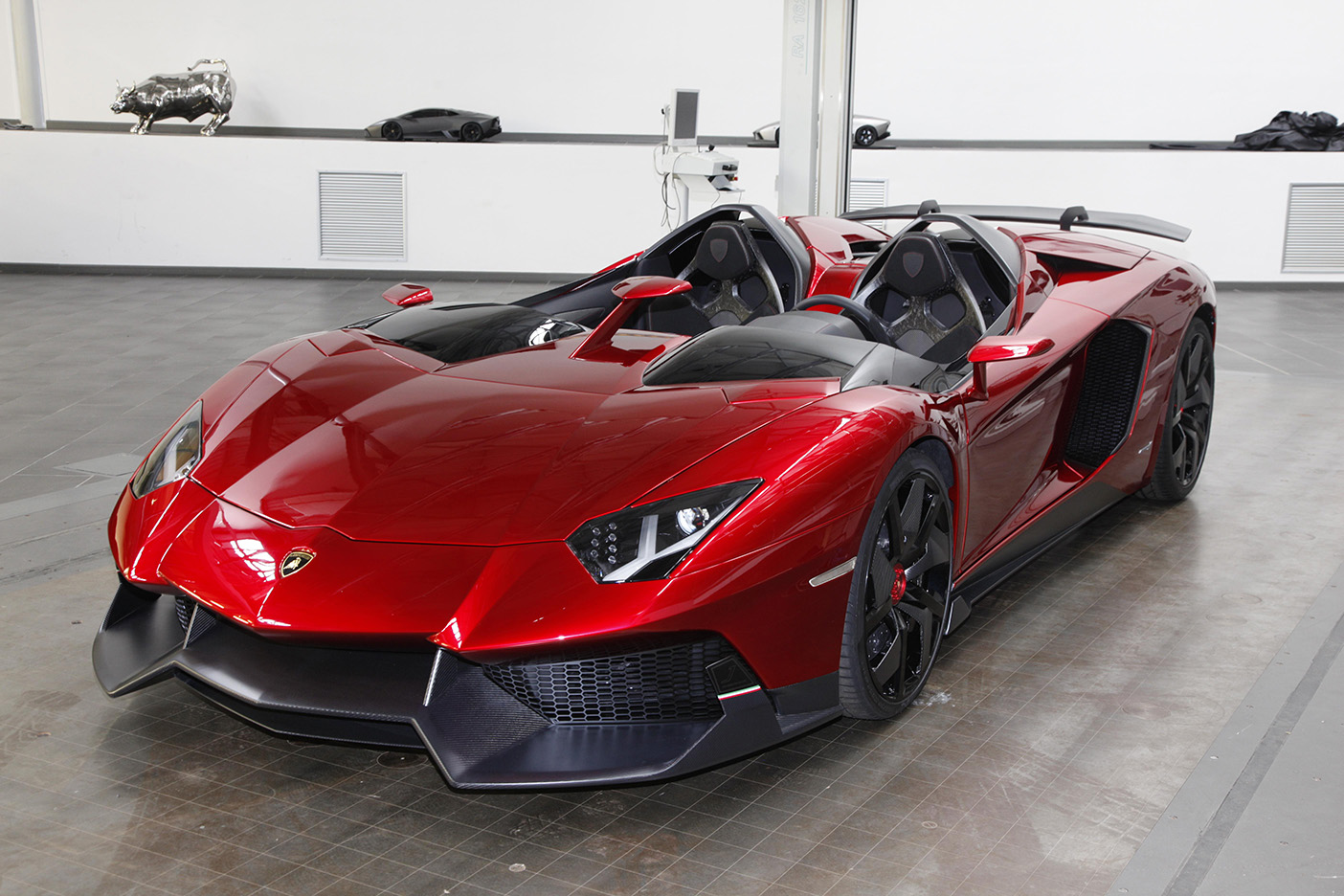
Debuting at the 2012 Geneva Motor Show, the Aventador J emerged as a barchetta iteration of the Aventador. Devoid of a windshield, side windows, or soft top, this model embraced the racing car concept inspired by Appendix J regulations for touring cars.
The same year saw the presentation of the Urus prototype at the Beijing Motor Show, foreshadowing the Super SUV that would form Lamborghini’s third range in 2018, or potentially extend the legacy of the LM 002. True to Lamborghini tradition, the prototype hinted at the key stylistic and technical elements of the forthcoming production model while preserving a sense of intrigue regarding eventual design solutions.
In 2013, the Veneno marked Lamborghini’s 50th anniversary, boasting four coupé units and nine roadster units. Built upon the Aventador platform, it achieved an astounding top speed of 355 km/h (220 mph) with meticulously crafted aerodynamics for remarkable lateral grip. The monocoque frame was exclusively constructed from CFRP, a carbon fiber material that also adorned the bodywork panels. Inside, Forged Composites and Carbonskin were employed, lightweight materials that later found their place in subsequent super sports car designs. During the same year, a singular Egoista, a brainchild of Walter de Silva, unveiled itself, its design drawing clear inspiration from military fighter jets, and was presented during a commemorative dinner for the company’s first half-century.
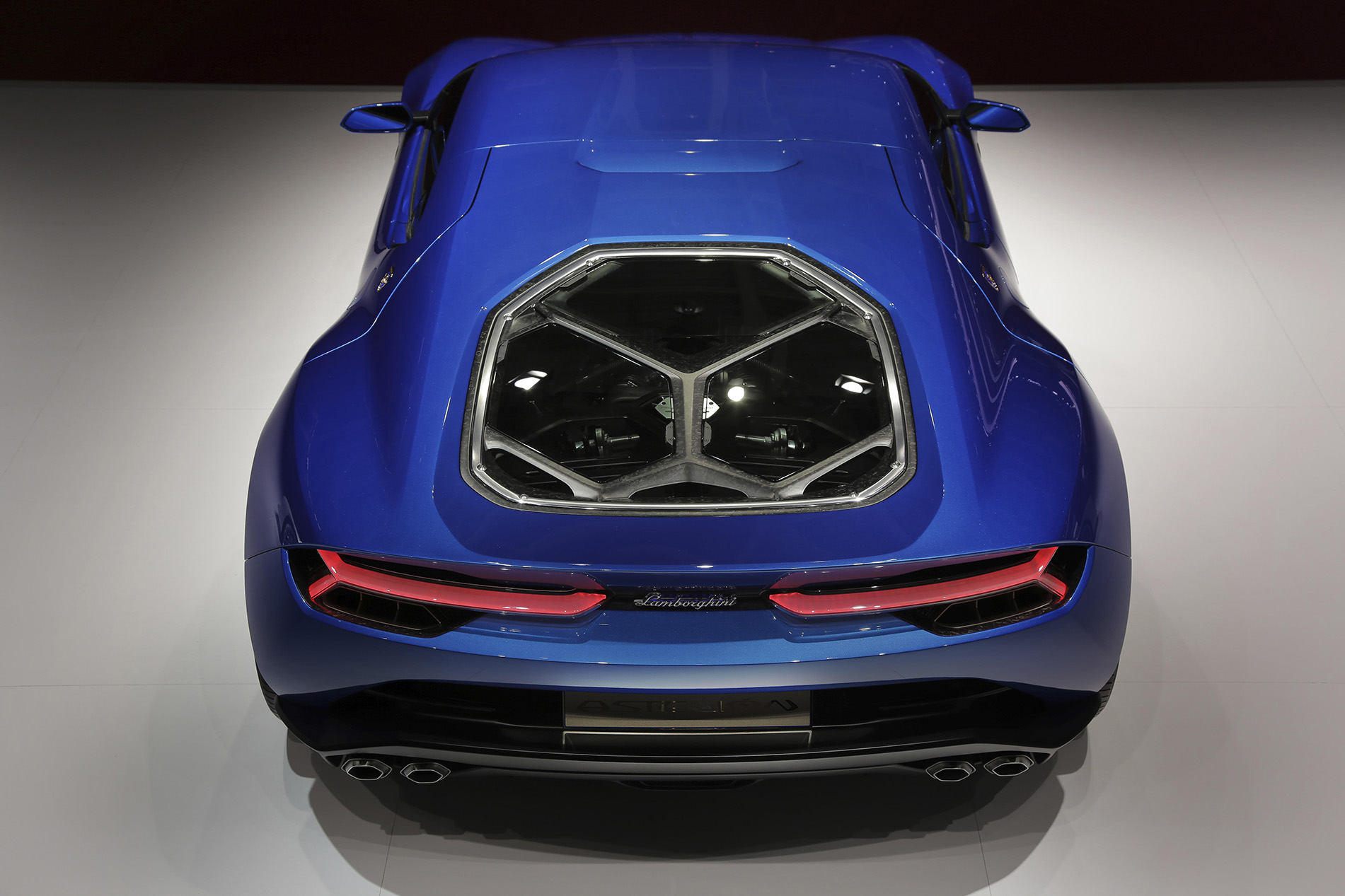
In 2014, the Asterion LPI-910 emerged, a hybrid coupé prototype, conceptualized by Filippo Perini, the then Director of Lamborghini Centro Stile. Branded with LPI- signifying Longitudinale Posteriore Ibrido – it combined a combustion engine with electric motors, resulting in 910 CV. This model marked Lamborghini’s debut in hybrid technology, introducing a variety of technical concepts later embraced by the Revuelto.
To honor the centennial birth of Ferruccio Lamborghini in 2016, the Centenario made its entrance, derived from the Aventador platform. A total of 20 coupé units and 20 roadster units were produced. The Centenario’s design saw a gentler contour, accommodating a more potent 770 CV engine, augmented by front hood air intakes to enhance downforce, and a carbon fiber monocoque frame.
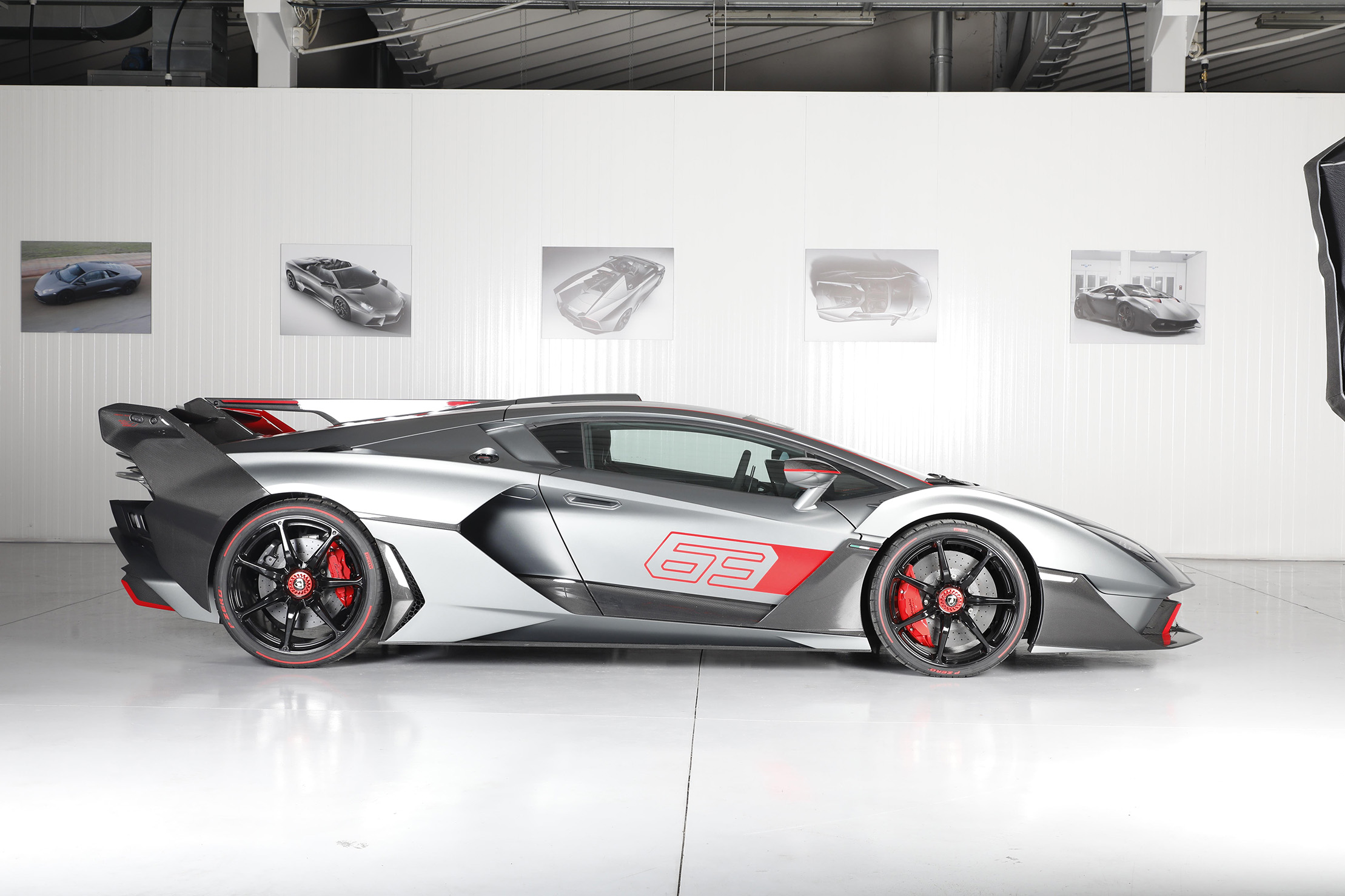
In 2018, Lamborghini Squadra Corse unveiled the SC18 Alston, a bespoke creation based on the Aventador SVJ, designed for an ardent client. The SC18, while road-legal, was predominantly oriented towards track usage, boasting enhanced aerodynamics, refined brake and engine cooling systems, and a commanding 6.5-liter 12-cylinder engine.
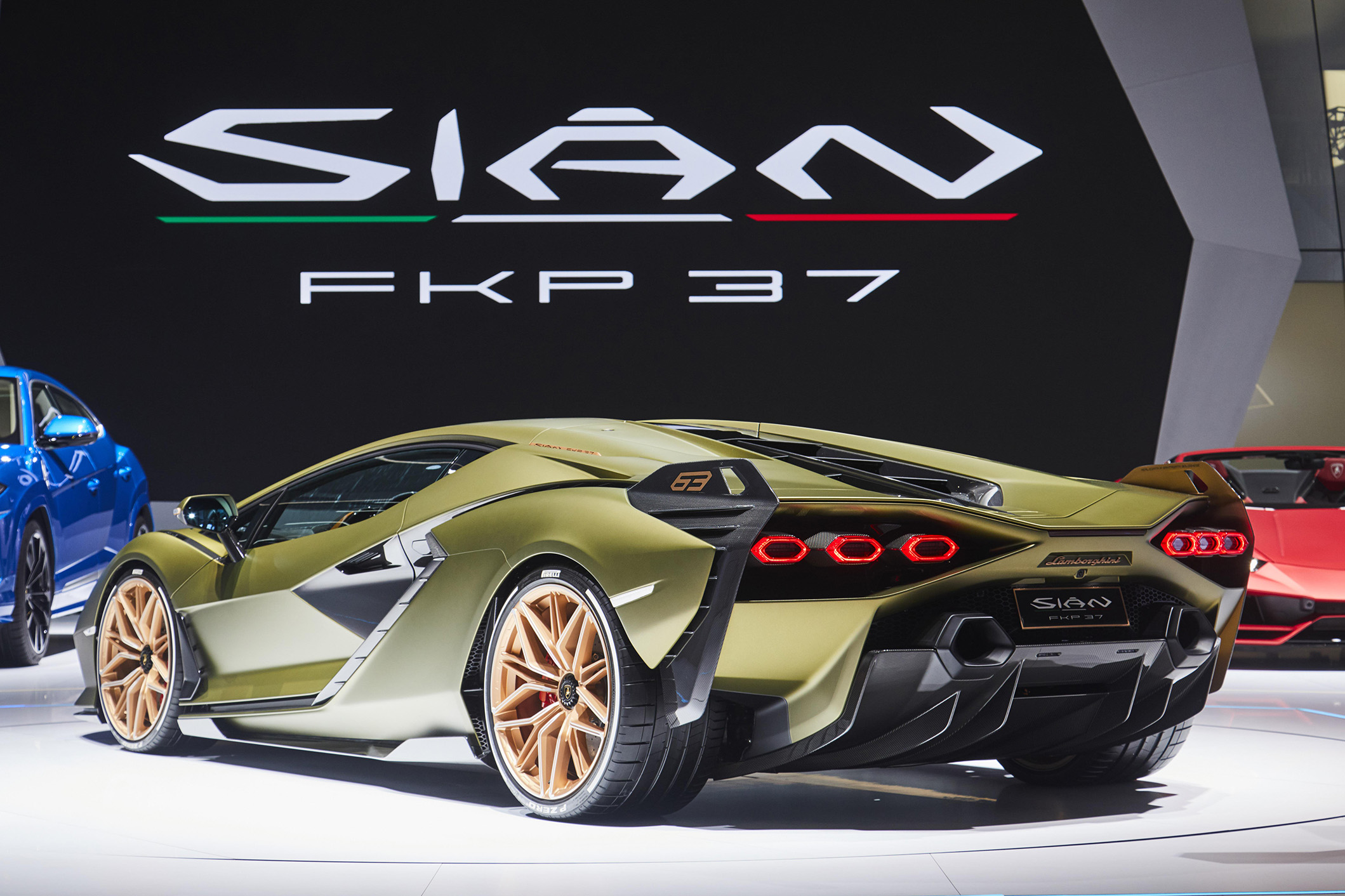
In 2019, the Sián, Lamborghini’s inaugural hybrid model for customers, entered the scene. With 63 coupé units and 19 roadster versions, the Sián harnessed a 6.5-liter 12-cylinder engine derived from the Aventador SVJ, enhanced by a supplementary electric motor delivering an extra 34 CV. The Sián’s cumulative power of 819 CV positioned it as the most potent Lamborghini production car to date. Notably, its electric motor employed a supercapacitor, setting a new standard in the automotive industry.
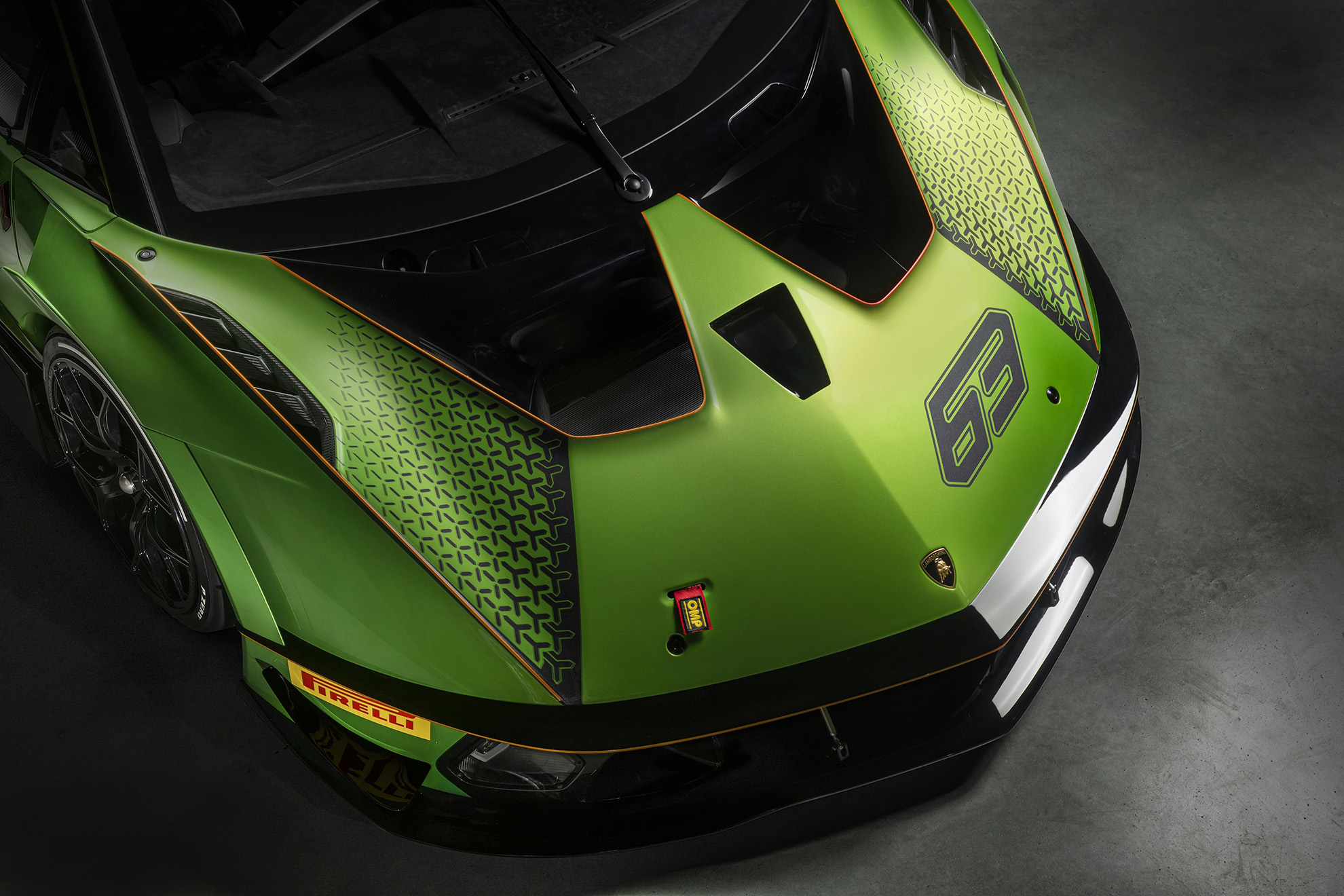
The Essenza SCV 12, distinguished by “SC” for Squadra Corse, arrived in 2020, boasting a limited production run of 40 units starting from that year. Based on the Aventador platform, it was engineered for track dominance, notably passing rigorous crash tests typically reserved for competition cars. Its resilient carbon fiber body eliminated the need for a roll-bar, and its distinctive design featured LED headlights, a distinctive lower-positioned rear diffuser, and an extended air intake starting from the roof.
Also in 2020, Lamborghini Squadra Corse unveiled the SC20, an exclusive open-top model based on the Aventador, sharing a thematic lineage with the SC18. Crafted with meticulous attention to aerodynamics, the SC20 balanced road legality with track-oriented performance. Its rear spoiler boasted adjustable settings for various load conditions.
In 2021, the Countach LPI 800-4 made its debut, serving as a tribute to the iconic Countach on its 50th anniversary. Inspired by the Countach’s design heritage, this model, with a production of 112 units, amalgamated innovation and nostalgic elements under the guidance of Mitja Borkert, Director of Lamborghini Centro Stile.
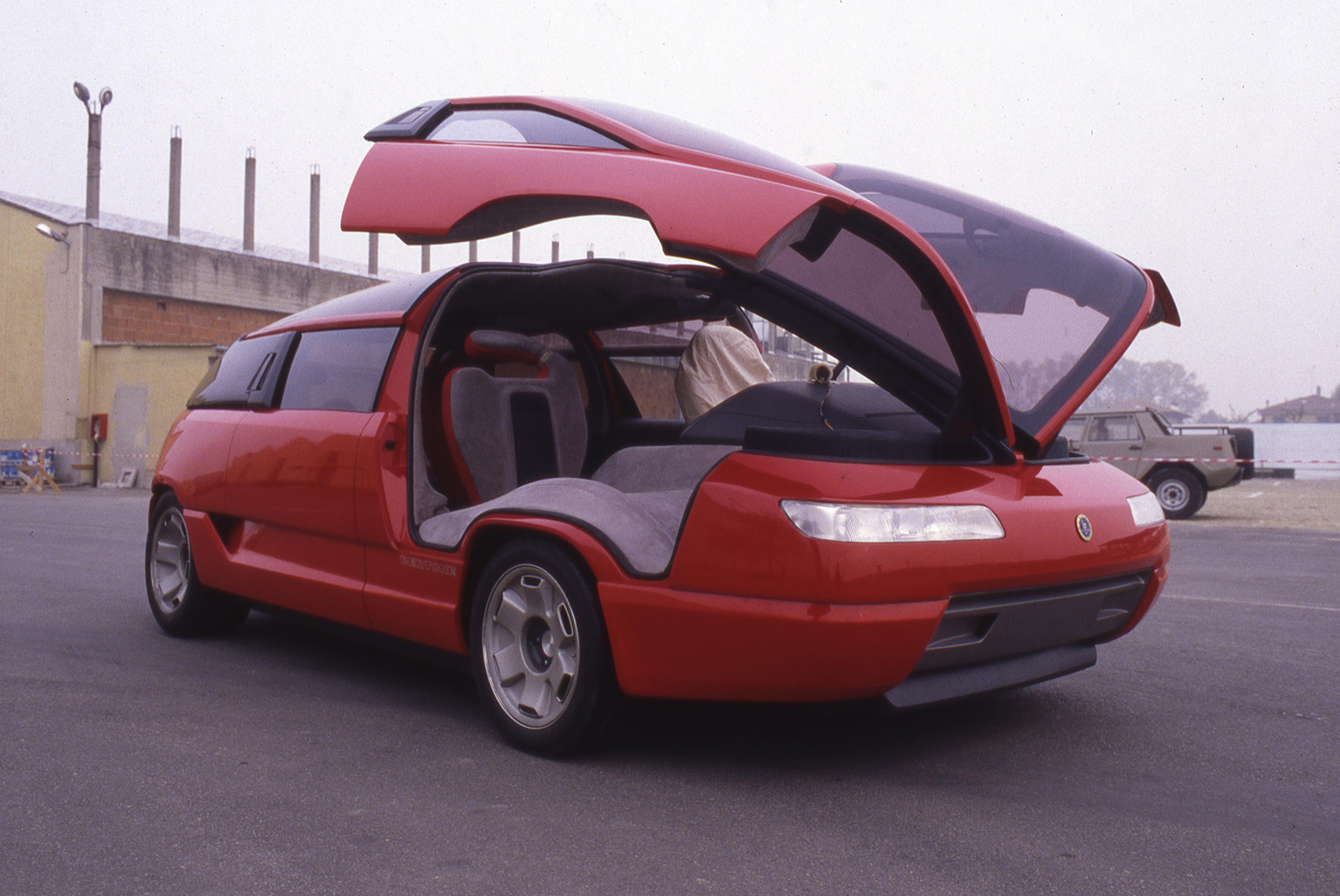
Finally, in 2023, Automobili Lamborghini crafted two bespoke models to honor the V12 engine’s legacy in its non-hybrid form. The Invencible berlinetta and Auténtica roadster, both originating from the Aventador SVJ, embraced a powerful 780 CV V12 engine. Evoking elements from past limited series such as the Sesto Elemento, Reventón, and Veneno, these creations showcased streamlined interiors, facilitating a focused driving experience. Employing a carbon fiber monocoque frame and full-carbon bodywork, these models epitomized Lamborghini’s excellence in design and technology, echoing achievements from competitive arenas.
This exceptional lineage continues with the imminent introduction of Lamborghini’s “fourth model,” a fully electric vehicle slated to be unveiled in the United States. This electric Lamborghini follows the roadmap outlined in the 2021 “Direzione Cor Tauri” program, with plans for production by the decade’s end.
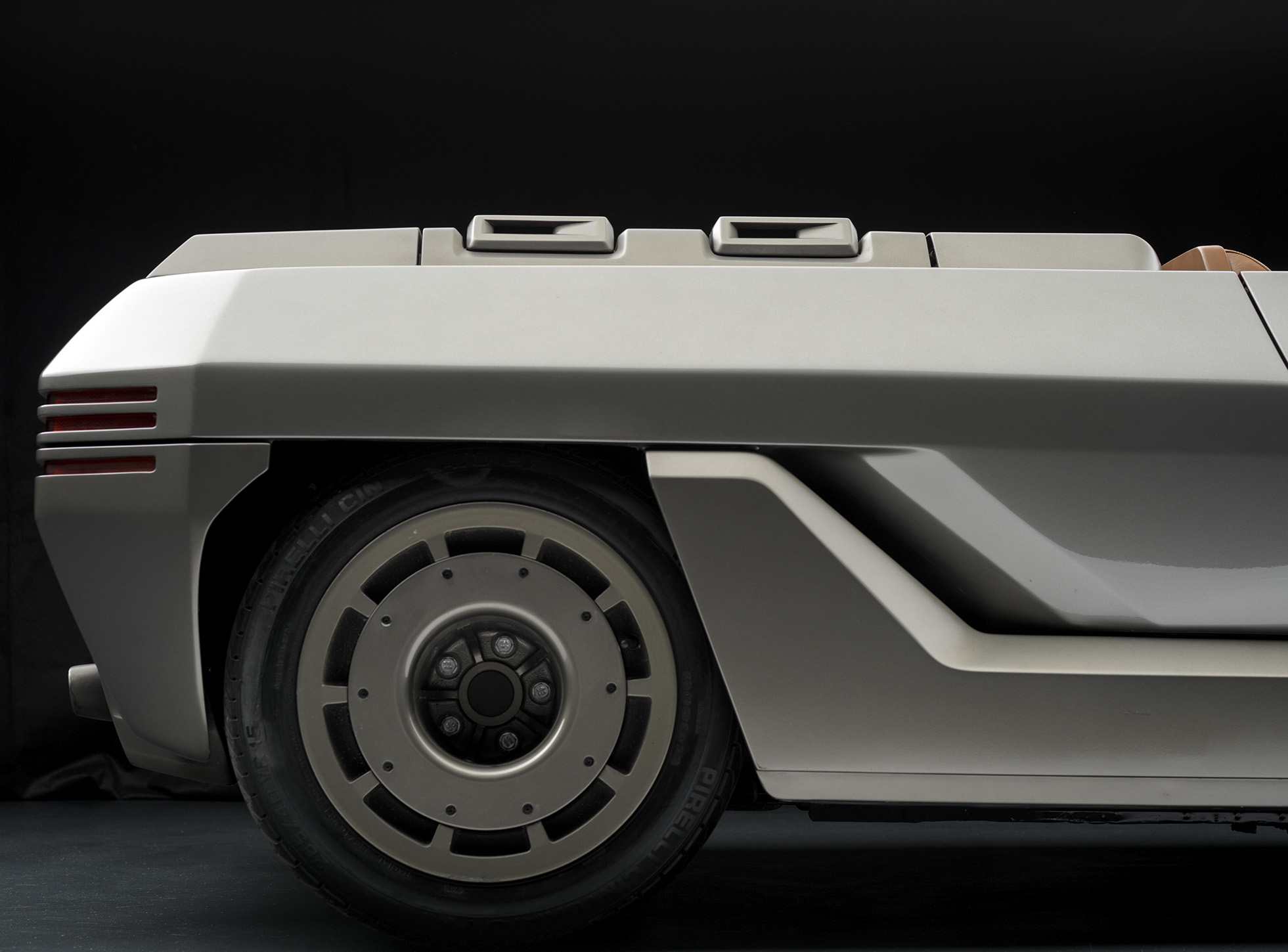
Discover more from SNAP TASTE
Subscribe to get the latest posts sent to your email.



